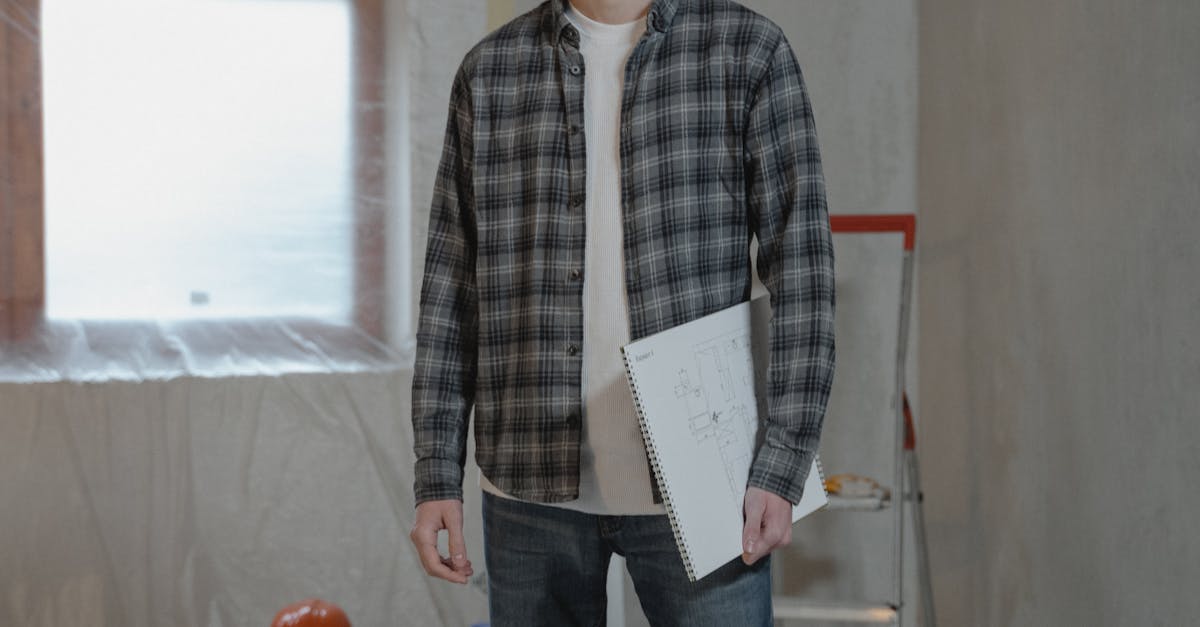
d enhance mental health.
Connection Between Natural Light and Mental Health in Passive Houses
Natural light is a fundamental component of passive house design, contributing significantly to the mental health and well-being of occupants. A well-lit living environment promotes a sense of openness and vitality, enhancing mood and overall psychological wellness. In passive houses, the strategic placement of windows and skylights allows for ample natural light to filter in, creating a bright and airy space that uplifts spirits and fosters a positive atmosphere.
Studies have shown a clear link between exposure to natural light and improved mental health outcomes. In passive houses, the abundance of natural light not only reduces the reliance on artificial lighting but also provides occupants with a connection to the external environment, increasing feelings of comfort and tranquillity. The presence of natural light has been associated with better sleep patterns, increased productivity, and reduced symptoms of stress and anxiety, highlighting its pivotal role in creating a healthy and harmonious indoor environment.
Passive House Design for Sustainable Living
Passive house design offers a sustainable approach to living by prioritising energy efficiency and reducing the environmental footprint of buildings. By incorporating high levels of insulation, airtight construction, and efficient ventilation systems, passive houses minimise the need for traditional heating and cooling methods, resulting in significantly lower energy consumption compared to conventional buildings. This not only leads to reduced utility bills for occupants but also contributes to overall sustainability by decreasing greenhouse gas emissions and reliance on fossil fuels.
Furthermore, the use of renewable energy sources such as solar panels or geothermal heating systems in passive house design enhances the sustainability aspect of these buildings. By harnessing natural resources for energy production, passive houses not only decrease their carbon footprint but also promote a more self-sufficient and environmentally conscious lifestyle for occupants. Emphasising sustainability in design and construction practices, passive houses set a benchmark for eco-friendly living that prioritises long-term benefits for both occupants and the planet.
Minimal Environmental Footprint of Passive House Buildings
Homes built using Passive House design principles have been recognized for their minimal environmental footprint. This approach focuses on creating highly energy-efficient buildings that significantly reduce the reliance on non-renewable resources. By optimizing insulation, airtightness, and ventilation systems, Passive House structures consume up to 90% less energy for heating and cooling compared to conventional buildings. This reduction in energy consumption not only lessens the carbon footprint of the building but also minimizes the overall environmental impact associated with energy production and consumption.
Furthermore, the materials used in Passive House construction are selected with great care to ensure they are environmentally friendly and sustainable. From the foundation to the roof, every component is chosen for its ability to contribute to the overall energy efficiency and environmental performance of the building. This holistic approach not only minimizes the environmental footprint during the building's lifespan but also ensures that the structure is durable and retains its high performance over time. By prioritizing sustainability in every aspect of the design and construction process, Passive House buildings set a new standard for eco-conscious living.
Passive House Certification and Standards
In addition to airtightness, Passive House certification also mandates high levels of insulation to reduce heat transfer through walls, floors, and roofs. The insulation must be of high quality and properly installed to meet the specified thermal performance criteria. Furthermore, the building must be equipped with high-performance windows and doors that provide excellent insulation and minimize heat loss. These criteria, in combination with efficient ventilation systems and the use of renewable energy sources, ensure that a Passive House achieves the desired energy efficiency and comfort levels for its occupants.
FAQS
What is a Passive House design?
A Passive House design is a sustainable building approach that focuses on energy efficiency, comfort, and air quality through strategic design decisions and technology.
How does Passive House design positively impact occupant health?
Passive House design promotes better indoor air quality, thermal comfort, and natural light, which can contribute to improved physical health and psychological well-being of occupants.
Can Passive House design help in reducing energy consumption and environmental impact?
Yes, Passive House design aims to significantly reduce energy consumption by utilizing natural resources efficiently, leading to a minimal environmental footprint and contributing to sustainable living practices.
What role does natural light play in the mental health of occupants in Passive Houses?
Natural light in Passive Houses has been linked to improved mood, productivity, and sleep patterns of occupants, ultimately enhancing their mental health and well-being.
How can a building achieve Passive House certification?
Buildings can achieve Passive House certification by meeting specific criteria related to energy efficiency, air-tightness, thermal comfort, and overall performance, as outlined by established standards and guidelines in the industry.
Related Links
Biophilic Design Principles for Improved Well-being in Passive HousesThe Importance of Indoor Air Quality in Passive Houses
Thermal Comfort: The Key to Well-being in Passive Houses
Psychological Benefits of Living in a Passive House
Creating Healthy Living Spaces in Passive Houses
Natural Light and Visual Comfort in Passive House Design